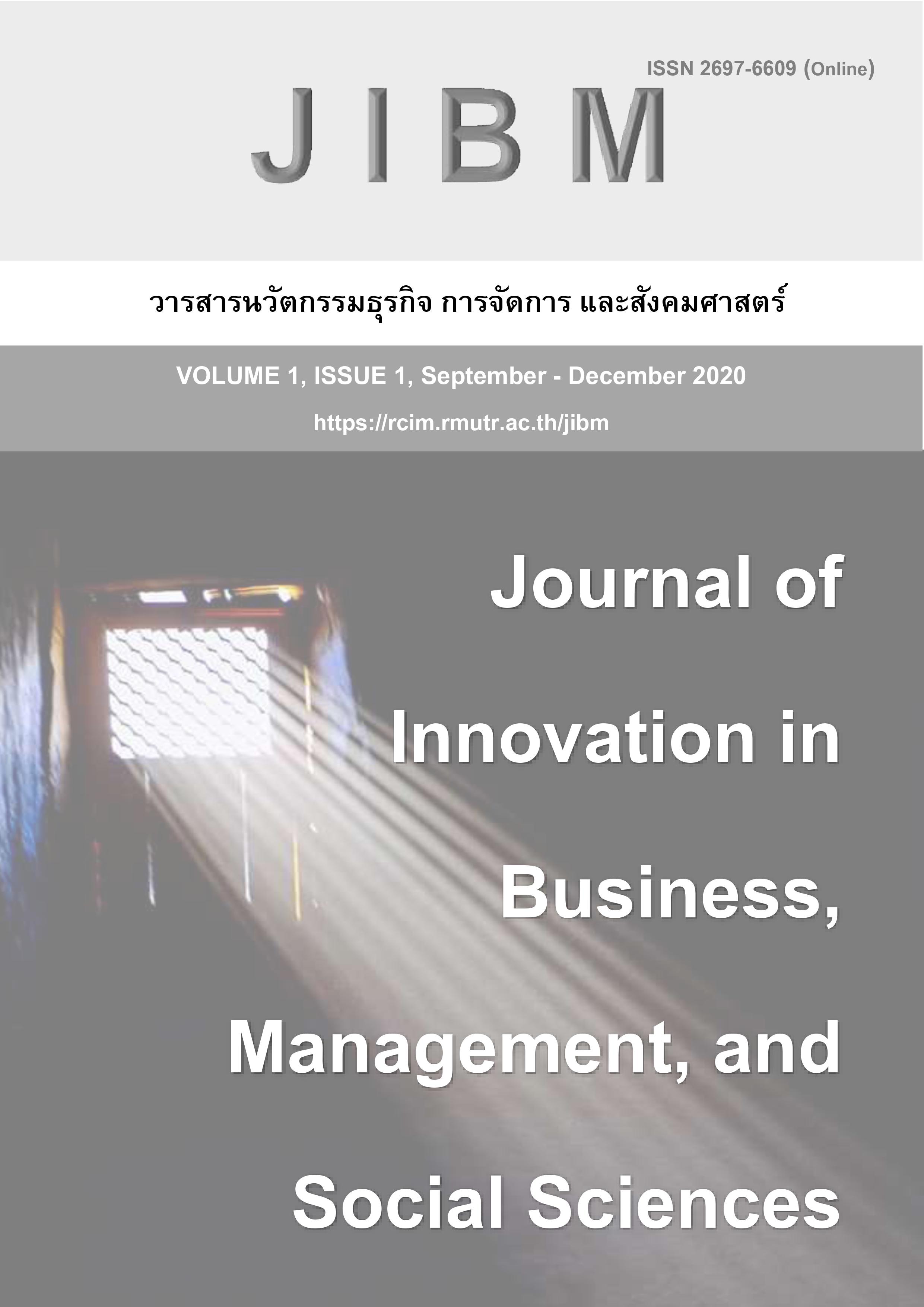Retail Store Brand and Customers Purchase Behaviors
คำสำคัญ:
Store Brand, Store Image, Perception of Store Brands, Purchase Behavior, Zero Inflated Poisson, Ordered Probitบทคัดย่อ
Retail store or house or private label brands have been rapidly growing along with the fast growing businesses of modern retail trading stores and convenient stores in Thailand. This paper intends to reveal impacts of consumers’ store image and perception on store brands on purchasing behavior of retail store brand products. The study classifies purchasing behavior into two dimensions, including frequency of purchase and purchase expenditure. Survey data are observed and estimated using Zero Inflated Poisson (ZIP) regression for frequency of purchase model and Ordered Probit for level of purchase expenditure models. The findings from ZIP model indicate that consumers first decide to purchase store brand product, then, frequency of purchase as the next step. Store images and perceptions of store brands, and brand experience show significant impacts on consumers’ purchasing behavior, frequency of purchase and level of purchase expenditure.
เอกสารอ้างอิง
[2] S. K. Dhar, and S. J. Hoch, “Why store brand penetration varies by retailer,” Marketing Science, Vol. 16, no. 3, pp. 208-227, 1997.
[3] J. A. Quelch, and D. Harding, “Brands versus private labels: Fighting to win,” Harvard Business Review, Vol. 74, no. 1, pp. 99-109, 1996.
[4] Ó. González-Benito, and M. Martos-Partal, “Role of retailer positioning and product category on the relationship between store brand consumption and store loyalty,” Journal of Retailing, Vol. 88, no. 2, pp. 236-249, 2012.
[5] S. Puligadda, W. T. Ross, J. Chen, and E. Howlett, “When loyalties clash purchase behavior when a preferred brand is stocked out: The tradeoff between brand and store loyalty,” Journal of Retailing and Consumer Services, Vol. 19, pp. 570-577, 2012.
[6] P. V. Ngobo, and S. Jean, “Does store image influence demand for organic store brands?” Journal of Retailing and Consumer Services, Vol. 19, pp. 621-628, 2012.
[7] P. Y. Dolbec, and J. C. Chebat, “The impact of a flagship vs. a brand store on brand attitude, brand attachment and brand equity,” Journal of Retailing, Vol. 89, no. 4, pp. 460-466, 2013.
[8] B. Swoboda, B. Berg, H. Schramm-Klein, and T. Foscht, “The importance of retail brand equity and store accessibility for store loyalty in local competition,” Journal of Retailing and Consumer Services, Vol. 20, pp. 251-262, 2013.
[9] G. Das, “Impacts of retail brand personality and self-congruity on store loyalty: The moderating role of gender,” Journal of Retailing and Consumer Services, Vol. 21, pp. 130-138, 2014.
[10] N. Rubio, J. Oubiña, and N. Villaseñor, “Brand awareness-Brand quality inference and consumer’s risk perception in store brands of food products,” Food Quality and Preference, Vol. 32, pp. 289-298, 2014.
[11] J. Jacoby, and D. B. Kyner, “Brand loyalty vs. repeat purchasing behavior,” Journal of Marketing Research, Vol. 10, no. 3, pp. 1-9, 1973.
[12] A. Cuneo, P. López, and M. J. Yagüe, “Private label brands: measuring equity across consumer segments,” Journal of Product and Brand Management, Vol. 21, no. 6, pp. 428-438, 2012.
[13] L. T. Worth, J. Smith, and D. M. Mackie, “Gender schematicity and preference for gender-typed products,” Psychology & Marketing, Vol. 9, no. 1, pp. 17-30, 1992.
[14] E. Garbarino, and M. Strahilevitz, “Gender differences in the perceived risk of buying online and the effects of receiving a site recommendation,” Journal of Business Research, Vol. 57, no. 7, pp. 768-775, 2004.



